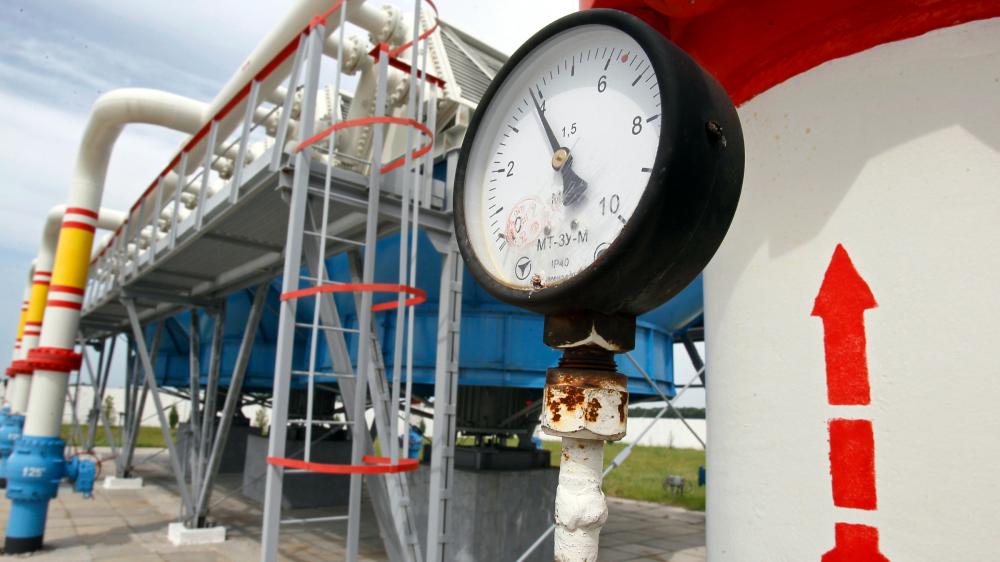The National Iranian Gas Company is committed to delivering 700 million cubic meters of gas per day to all sectors, especially households, in winter, NIGC managing director said late Wednesday in a press conference.
More than 571 million cubic meters of gas were delivered to different sectors during the last 24 hours, of which 341 mcm were allocated to household consumers, Hamidreza Araqi was quoted as saying by Shana.
Announcing that household gas consumption last week stood at 120 mcm, the official said, "Given the cold wave that has recently entered Iran, gas consumption in the household sector is anticipated to experience a considerable increase. As statistics reveal, compared with the corresponding period of last year, the sector has seen a 106-mcm rise."
Araqi attributed climate change to El Nino, a phenomenon characterized by unusually warm ocean conditions across the Pacific Ocean, which considerably impacts the weather conditions and economies across the world.
"Plans have been made to connect different gas pipelines, aka Iran Gas Trunkline, to meet the growing demand for gas in winter," he said.
"More than 10 natural gas compressor stations have gone on stream to facilitate gas transport to cold regions in winter."
The NIGC chief said the government is committed to delivering 85-90 million cubic meters of gas per day to power plants in winter. According to Araqi, gas delivered to power plants has increased by 6 billion cubic meters compared to the same period of last year. The steady supply of natural gas as feedstock to power plants will translate into sustainable electricity production, a particularly important feat in the cold season due to rising demand for electricity.
Replacing gas as feedstock would also help curb air pollution and slash the consumption of more polluting fuels such as diesel and mazut, making room for the export of these fuels.
Highlighting the fact that importing gas from Turkmenistan does not mean there is a shortage in country, he added, "This is not only a national policy but also an economic strategy to do gas trade in the region."
Araqi declared that the gas crisis is over after several energy security plans were implemented, referring to the grave shortage of gas in the winter of 2014, whereby supply to several industrial units was critically interrupted.
"More than $2 billion have been allocated to the National Iranian Gas Company in the national budget for the current Iranian year (ends March 2016)," he said, adding that the investment in gas projects is "unprecedented over the past 50 years".
Underlining Iran's "special" strategic and geopolitical position, Araqi said roughly 1% of global gas trade belongs to Iran, but plans call for increasing the market share to as much as 10% in the near future.
"Around 17,000 small towns and villages now have access to natural gas, while households in 3,000 more villages are in line to receive gas," he said.
In addition, all cities should be linked to the national gas network by the end of the sixth five-year economic development plan (2016–21). Iran holds the world’s largest natural gas reserve and the fourth-largest proven crude oil reserves. It has the largest natural gas field, South Pars, which is estimated to hold roughly 40% of Iran's total gas reserves.


